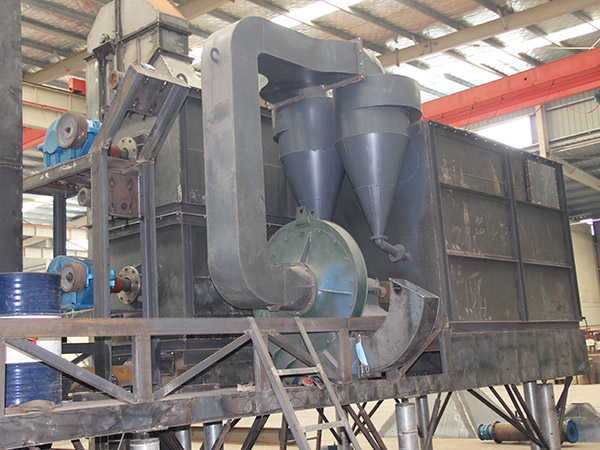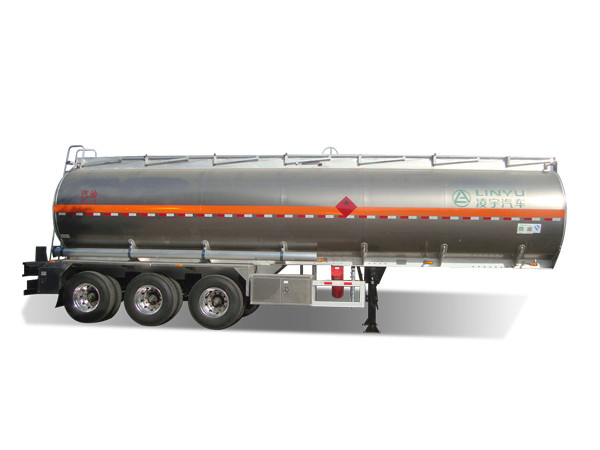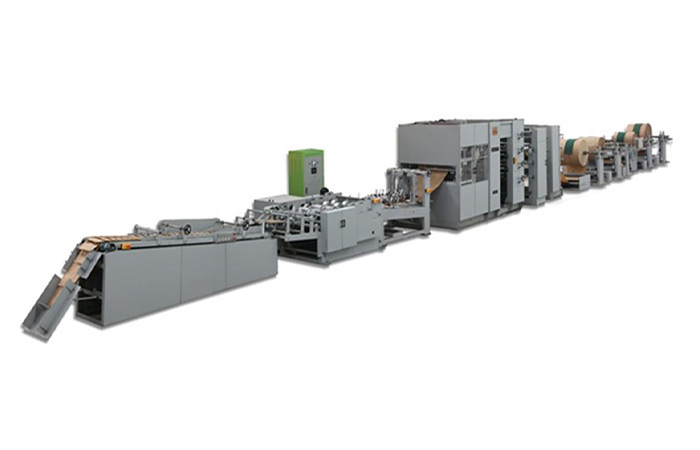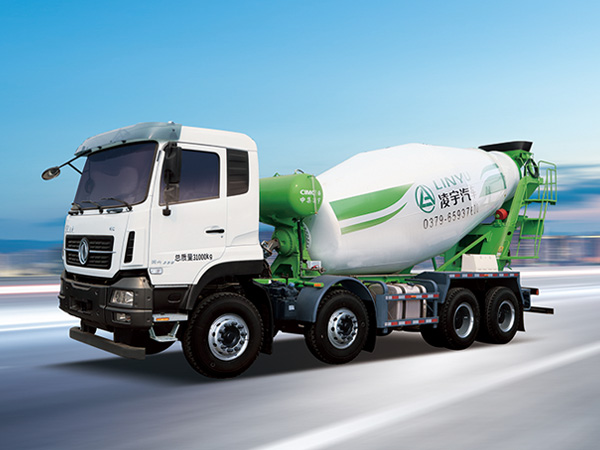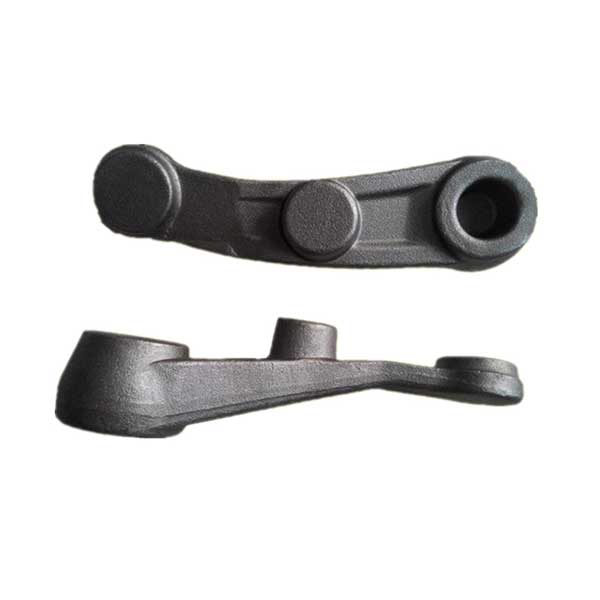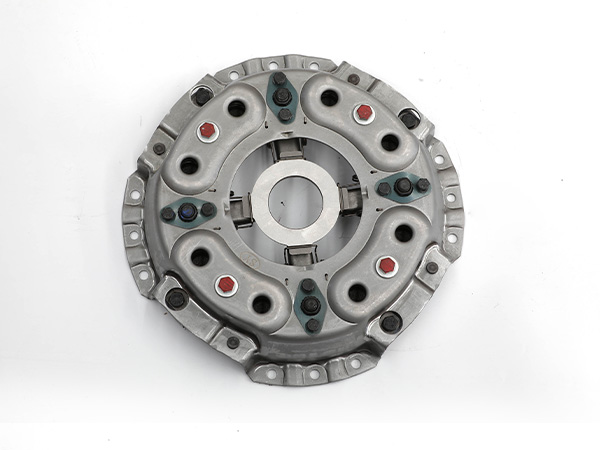https://www.ls-casting-mold.com/wp-content/uploads/2022/02/移动氢氧化钙生产线7-e1644565056663.jpg
529
600
lsmojv
http://www.ls-casting-mold.com/wp-content/uploads/2018/12/lslogo-300x138.png
lsmojv2023-02-22 16:53:432023-02-22 16:53:43WHAT IS THE PROCESS FLOW OF CARBON DIOXIDE PRODUCTION EQUIPMENT
https://www.ls-casting-mold.com/wp-content/uploads/2022/02/Vibrating-Screen4-1.jpg
450
600
lsmojv
http://www.ls-casting-mold.com/wp-content/uploads/2018/12/lslogo-300x138.png
lsmojv2023-02-22 15:29:412023-02-22 15:29:41How to choose a vibrating screen manufacturer
https://www.ls-casting-mold.com/wp-content/uploads/2023/02/30199440852667116.jpg
450
700
lsmojv
http://www.ls-casting-mold.com/wp-content/uploads/2018/12/lslogo-300x138.png
lsmojv2023-02-22 14:56:242023-02-22 14:56:24How much is a double shaft mixer
https://www.ls-casting-mold.com/wp-content/uploads/2022/06/tank-truck4.jpg
450
600
lsmojv
http://www.ls-casting-mold.com/wp-content/uploads/2018/12/lslogo-300x138.png
lsmojv2023-02-22 14:39:352023-02-22 14:39:35How much is a septic tank truck
https://www.ls-casting-mold.com/wp-content/uploads/2022/08/paper-tube-machine-2.jpg
376
495
lsmojv
http://www.ls-casting-mold.com/wp-content/uploads/2018/12/lslogo-300x138.png
lsmojv2023-02-22 14:18:072023-02-22 14:18:07What are the configurations of the valve bag packaging machine?
https://www.ls-casting-mold.com/wp-content/uploads/2022/02/Concrete-mixer-truck(1)-e1645164067497.jpg
378
600
lsmojv
http://www.ls-casting-mold.com/wp-content/uploads/2018/12/lslogo-300x138.png
lsmojv2023-02-16 16:44:202023-02-16 16:44:20Look here! A comprehensive introduction to concrete mixer trucks
https://www.ls-casting-mold.com/wp-content/uploads/2022/06/IMG_6351.jpg
400
600
lsmojv
http://www.ls-casting-mold.com/wp-content/uploads/2018/12/lslogo-300x138.png
lsmojv2023-02-16 16:30:522023-02-16 16:30:52What factors need to be considered in the selection of excavator slewing bearing
https://www.ls-casting-mold.com/wp-content/uploads/2022/08/forging-process.jpg
600
600
lsmojv
http://www.ls-casting-mold.com/wp-content/uploads/2018/12/lslogo-300x138.png
lsmojv2023-02-16 15:35:252023-02-16 15:35:25HOW TO CHOOSE A FORGING MANUFACTURER
https://www.ls-casting-mold.com/wp-content/uploads/2022/05/PU20.02602.jpg
700
700
lsmojv
http://www.ls-casting-mold.com/wp-content/uploads/2018/12/lslogo-300x138.png
lsmojv2023-02-16 15:13:362023-02-16 15:13:36How to choose the type of turntable bearing
https://www.ls-casting-mold.com/wp-content/uploads/2022/02/954-e1645597921663.jpg
400
600
lsmojv
http://www.ls-casting-mold.com/wp-content/uploads/2018/12/lslogo-300x138.png
lsmojv2023-02-16 14:48:072023-02-16 14:48:07What are the types of tractor clutches
Scroll to top
